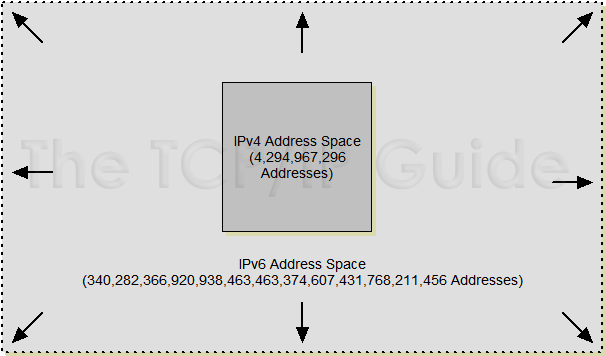 |
|
Please Whitelist This Site?
I know everyone hates ads. But please understand that I am providing premium content for free that takes hundreds of hours of time to research and write. I don't want to go to a pay-only model like some sites, but when more and more people block ads, I end up working for free. And I have a family to support, just like you. :)
If you like The TCP/IP Guide, please consider the download version. It's priced very economically and you can read all of it in a convenient format without ads.
If you want to use this site for free, I'd be grateful if you could add the site to the whitelist for Adblock. To do so, just open the Adblock menu and select "Disable on tcpipguide.com". Or go to the Tools menu and select "Adblock Plus Preferences...". Then click "Add Filter..." at the bottom, and add this string: "@@||tcpipguide.com^$document". Then just click OK.
Thanks for your understanding!
Sincerely, Charles Kozierok
Author and Publisher, The TCP/IP Guide
|
|
|

Custom Search
|
|
IPv6 Address Size and Address Space
(Page 2 of 3)
IPv6 Address Space
The 128 bits of IPv6 addresses mean the size of the IPv6 address space is, quite literally, astronomical; like the numbers that describe the number of stars in a galaxy or the distance to the furthest pulsars, the number of addresses that can be supported in IPv6 is mind-boggling. See Figure 94 for an idea of what I mean by “astronomical”.
|
Since IPv6 addresses are 128 bits long, the theoretical address space if all addresses were used is 2128 addresses. This number, when expanded out, is 340,282,366,920,938,463,463,374,607,431,768,211,456, which is normally expressed in scientific notation as about 3.4*1038 addresses. That's about 340 trillion, trillion, trillion addresses. As I said, it's pretty hard to grasp just how large this number is. Consider:
- It's enough addresses for many trillions of addresses
to be assigned to every human being on the planet.
- The earth is about 4.5 billion years old. If
we had been assigning IPv6 addresses at a rate of 1 billion per second
since the earth was formed, we would have by now used up less than one
trillionth of the address space.
- The earth's surface area is about 510 trillion square meters. If a typical computer has a footprint of about a tenth of a square meter, we would have to stack computers 10 billion high blanketing the entire surface of the earth to use up that same trillionth of the address space.
Okay, I think you get the idea. It's clear that one goal of the decision to go to 128-bit addresses is to make sure that we will never run out of address space again, and it seems quite likely that this will be the case.
|
|
| |||||||||||||||||||
Home - Table Of Contents - Contact Us
The TCP/IP Guide (http://www.TCPIPGuide.com)
Version 3.0 - Version Date: September 20, 2005
© Copyright 2001-2005 Charles M. Kozierok. All Rights Reserved.
Not responsible for any loss resulting from the use of this site.








 Key Concept: The IPv6 address space is really, really big. J
Key Concept: The IPv6 address space is really, really big. J